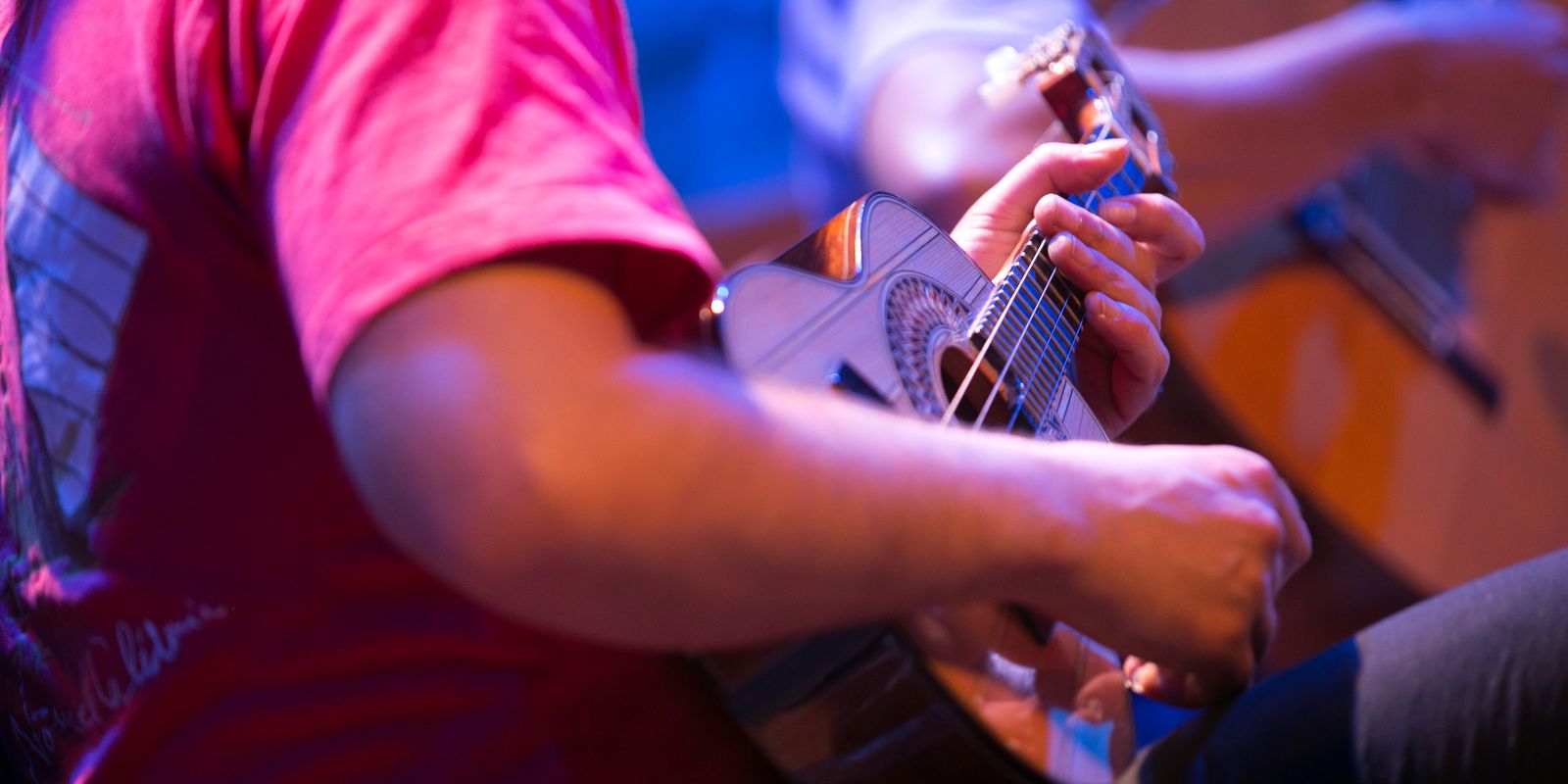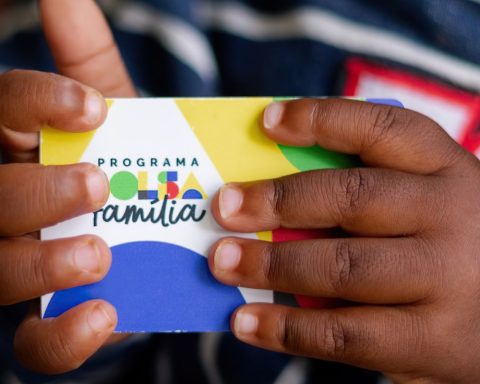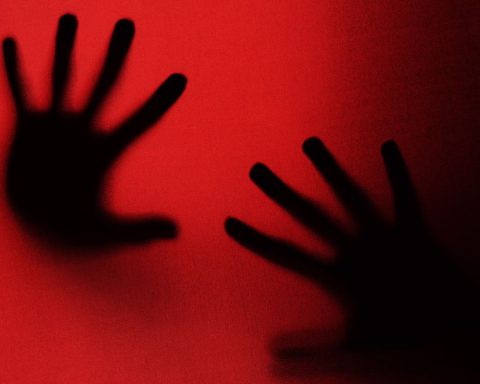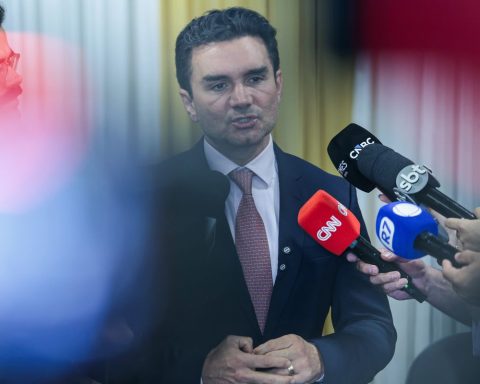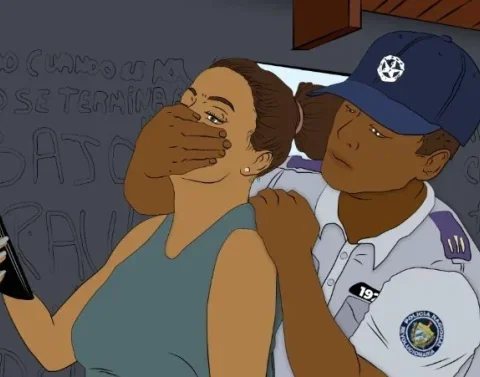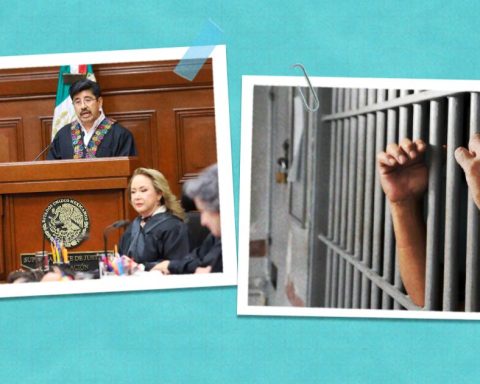This Saturday (23), National Choro Day is remembered, the first style of urban music in the country, created in the 19th century. Choro, or chorinho, as it is known, is marked by famous musicians in Brazilian history, such as Chiquinha Gonzaga, Pixinguinha and Jacob do Mandolin.
There are intense debates about the nature and origin of crying. There are debates whether it would be just a style of playing or a musical genre of its own. One of the leading authors on the subject, Alexandre Pinto, wrote in the book Choro – Reminiscences of the Ancient Whiners consider choro a way of playing different musical genres, including those from other countries.
The cavaquinist from Brasilia Márcio Marinho, who commands roda and groups in the capital, follows a similar path, understanding that the specificity of choro is made by the way in which the instruments complement each other. “The tradition of the roda is also important, the musicians meeting, having a musical chat and, in a relaxed way – since choro allows for improvisation. Crying has become a language,” he analyzes.
For Paula Valente, who has a doctorate from the School of Communication and Arts at the University of São Paulo with a thesis on the subject, chorinho began as a style of playing in the 1870s, but consolidated itself as a genre in the early 20th century. according to the researcher, choro had its own characteristics of melodies, harmonies and rhythms, as well as groups of instruments and functions of each one.
In the opinion of Luiz Araújo Amorim, the Luizinho 7 Cordas, what characterizes choro is the knowledge of the musicians, the complexity of the genre and the structure. “About 80% of choros are made up of three parts with different tones. In most other styles, there is only one part”, he compares.
Luizinho adds that choro is characterized by a base of harmony with two guitars, six and seven strings (bassaria) and a cavaquinho. There are also soloists, who can use instruments such as mandolin, flute, clarinet or accordion. The percussion is made by tambourine and, not necessarily, a small surdo.
The musician, producer and researcher from Rio de Janeiro, Henrique Cazes, believes that, in recent decades, choro has emerged from ghettos and gained popularity, attracting new generations of musicians and interested parties. “We are facing a very rich moment. Knowledge has never circulated so much and this is generating great results”, he comments.
Music professor at the Federal University of Recôncavo Baiano (UFRB) Rodrigo Costa highlights the importance of choro schools, such as Escola Portátil, and the insertion of the genre in formal educational institutions from the 1990s and 2000s. “This process was intensified by the emergence of popular music courses within music departments at universities, such as Unicamp [Universidade Estadual de Campinas]UFMG [Universidade Federal de Minas Gerais]UFBA [Universidade Federal da Bahia] and from UFRB [Universidade Federal do Recôncavo da Bahia]”, it says.
He recalls, however, that, in the case of choro, there is an important learning process also in informal spaces, such as the participation of musicians from the roda, a dynamic that, for the teacher, poses a challenge for the teaching of the genre.
Challenges
Despite its history and relevance, choro faces difficulties to maintain itself. On digital platforms, such as Spotify and Deezer, the style does not appear among the most listened to songs. It also does not register space in radio programming, in general, taken by the pop of the United States, the sertanejo, the funk it’s the rap music.
Exceptions are public broadcasters. An example of this is the program Cry Wheelgives Radio MEC FM. The program’s producer, Brisa Evangelista, says that the effort has been to rescue historical names such as Pixinguinha and Chiquinha Gonzaga, and also to open space for groups that move the current scene, such as Época de Ouro and Choro das 3.
“The program prioritizes the musical selection and presents information and curiosities about the artists and the genre. And, whenever possible, we invite the authors or interpreters themselves to share their stories”, points out the producer.
For Henrique Cazes, the challenge of getting more fans is an educational problem, not a cultural one. “If we have a better distribution of education and that helps to reduce inequalities, crying will to have more opportunities. As people get to know choro, they like it and start to consume it. But we only reach a restricted audience yet”, she observes.
Historic
Instituto Casa do Choro launched a kind of virtual timeline that tells the story of choro in Brazil. In the 1830s, for example, important musicians of the genre were born, such as Henrique Alves de Mesquita and Tonico de Padre. In the following decade, Henrique de Mesquita made his first appearances in the press. The pianist Chiquinha Gonzaga was also born, who, in 1867, would separate from her first husband after being asked to choose between him and music.
In the 1860s, musicians and composers Ernesto Nazareth and Anacleto de Medeiros were born. In this decade and the next, precursor genres such as polka, waltz, maxixe and tango are recorded. Musicians considered key to choro, such as Chiquinha Gonzaga and Ernesto Nazareth, recorded their first songs in the 1870s.
In the 1980s, new names appeared, such as guitarist João Pernambuco and Heitor Villa-Lobos. At the turn of the 20th century, Chiquinha Gonzaga began to perform and released classics such as Oh open wings. Another crucial name for Brazilian chorinho appears: Pixinguinha, in 1897.
According to the project, the name choro started to be used to refer to groups of popular musicians, with guitar, cavaquinho and flute, who animated parties. The first two decades of the 20th century are marked by the checking of the record and recording technologies, which also allow the reproduction of musicians linked to choro.
It was also at this time that names such as Ernesto Nazareth and Pixinguinha began to perform individually or in groups, such as the latter’s Batutas. Choro groups appear not only in Rio of January, such as Grupo de Caxangá, as in other cities, such as Terror dos Falcões, in Porto Alegre. Other important names appear, such as Jacob do Bandolim, Waldir Azevedo, Radamés Gnattali, Dilermando Reis and Canhoto.
Between the 1920s and 1940s, choro expanded in Brazil, with tours of musicians and groups. The genre became known internationally, as was the case with the tour of the group Os Batutas in Buenos Aires and Paris in 1922. In the 1930s and 1940s, choro and the musicians of the genre also gained visibility together with the singer Carmen Miranda in concerts and in films. .
In the 1940s and 1950s, choro records and the presence of groups and orchestras on radios multiplied. In 1944, Rádio Tupi do Rio hired the entire Tabajara orchestra. In 1947, the station premiered the program The Old Guard Staff, dedicated to the genre. In 1949, one of the great classics of the genre is recorded, little Brazilian. In 1951, two other classics are released: Coconut candy and little piece of heaven.
In 1954, choro enters the screen of the newly arrived television in Brazil, with the Festival da Velha Guarda on TV Record in São Paulo. A year later, the station airs the program Choristas Night.
In the 1960s, Jacob do Bandolim recorded his main albums, such as Na Roda de Choro (1960), Chorinhos e Chorões (1961) and Retratos: Jacob e seu Bandolim, with Radamés Gnattali and Orquestra (1964). The presence of choro on screen is amplified with a documentary by Pierre Barouh Saravah, from 1969, which features Pixinguinha, João da Baiana and Baden Powell.
In the 1970s and 1990s, great names in choro died, such as Jacob do Bandolim (1969), Pixinguinha (1973), João da Baiana (1974), Donga (1974), Dilermando Reis (1977), Waldir Azevedo (1980) and Tia Amelia (1983).
But the genre also gains space with specific groups and spaces. In 1975, the Clube do Choro do Rio was created of January. In 1977, TV Bandeirantes promotes the 1st National Festival of Brazilian Choro. In 1981, the 5th Choro Contest was held in Rio of January.
New musicians, such as Raphael Rabello, released their first albums in 1983. The Orquestra de Cordas Brasileiras and the Orquestra Brasília were created in 1987. Zé da Velha and Silvério Pontes also recorded their first albums in 1995, while the Trio Madeira Brasil released the yours in 1998.
In the 21st century, choro schools appeared, with the pioneer in Brasília, in 2001, and the one in Pará, in 2006. In 2002, the Jacob do Bandolim Institute was founded. In the river of JanuaryCasa do Choro is inaugurated in 2015.
